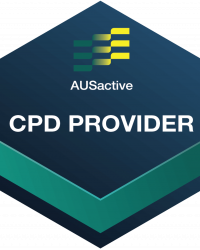Mat Repertoire
Spinal Mobility:
Crab
Alternate Names
N/A
Derived From
Classical Mat Work: The Crab
Primary Element
Mobility
Why for Primary?
To develop and create spinal articulation whilst maintaining a flexed shape of the spine right through to the crown of the head.
Secondary Element
Stability
Why for Secondary?
To develop balance and control through abdominal muscle activation.
Tertiary Element
N/A
Why Tertiary?
N/A
Repetitions
6-8
Plane of Motion
Sagittal
Targeted Muscles
Spinal flexors and anterior stabilisers primarily:
- Rectus abdominis
- External and internal obliques
- Transverse abdominis
Hip flexors and hip extensors, hip adductors, knee extensors as well as shoulder extensors and elbow flexors also accompany the movement in this exercise.
Warnings
This exercise may be unsuitable for clients where inversion or spinal articulation is contraindicated as this would cause pain. The exercise requires a rock forward onto the head with a gentle touch of the head to the Mat. This may be contraindicated for neck issues or injuries or it may be unsuitable for clients where flexion and/or abdominal activation is contraindicated or would cause pain.
Execution
Sit tall on the Mat from ischial tuberosities (sitting bones) with the legs crossed at the shins or ankles and the knees drawn up towards the chest. Hold onto the feet or ankles with the hands. Lean and round forward and gently tap the forehead to the Mat.
Inhale or lose your breath as you engage the abdominals and roll the spine back onto the Mat – aiming to stop at the shoulder girdle (not the neck), pause and press the knees outwards into the elbows and switch the shins or ankles positioning before rolling back up with control and gently tapping the forehead or head on the Mat again.
Observations
Do a body scan of the client taking note of the following points
- Pelvis
- Can the client balance at the top of the Mat on their ischial tuberosities (sitting bones)?
- Is the client collapsing into the ball shape or can they maintain abdominal connection and control throughout the movement?
- Legs
- Are the legs switching when paused overhead?
- Are the legs shuffling when they switch or is there active abduction and adduction to create the change of position?
- Feet
- Are the fleet softly plantarflexed with the ankles connected throughout the movement?
- Head and neck
- It is not a headstand, there is no load or pressure in the neck. Aim for a head or forehead tap onto the Mat
Learning Style Technique Cues
Auditory – word associations that connect mind and body
- Maintain connection from the bottom ribs to the ASIS (hip bones) in the C-curve
- Think of the exercise being broken down into different elements and adding them together – the rolling back, the leg switching, the gentle head tap with control
- Say the client’s name when you’re about to interact with them
Visual
- Imagine a consistently paced movement, without momentum, that doesn’t stop or start at any obvious point
- Keep the eye line or gaze to the knees throughout, without over-dropping the chin or looking up
- You may demonstrate a part of the movement as a visual representation for the client to see
Kinaesthetic
- Avoid straightening out through the spine on the way up, maintain the rectus abdominis (upper abdominal) connection and C-Curve shape throughout so the forehead naturally comes down in contact with the Mat as the ‘ball’ keeping rolling forwards
Modifications and Variations
Regress the exercise by
- Reducing the range of motion and only rolling a centimetre back and forward again, aiming to reduce the use of momentum
- Working on Spinal Mobility: Rolling Like a Ball
- Reducing the repetitions and/or pace
- Removing the clap for now, and adding it in over time
Progress the exercise by
- Increasing the repetitions and/or pace
- Adding additional claps
- Working towards Spinal Mobility: Crab
Series and Transitions
This exercise is part of the Spinal Mobility series. This series can also be found in the Reformer repertoire, Wunda Chair, Barrel and Cadillac repertoire.
Inspired Academy follows the order below to create stability and mobility before adding strength.

